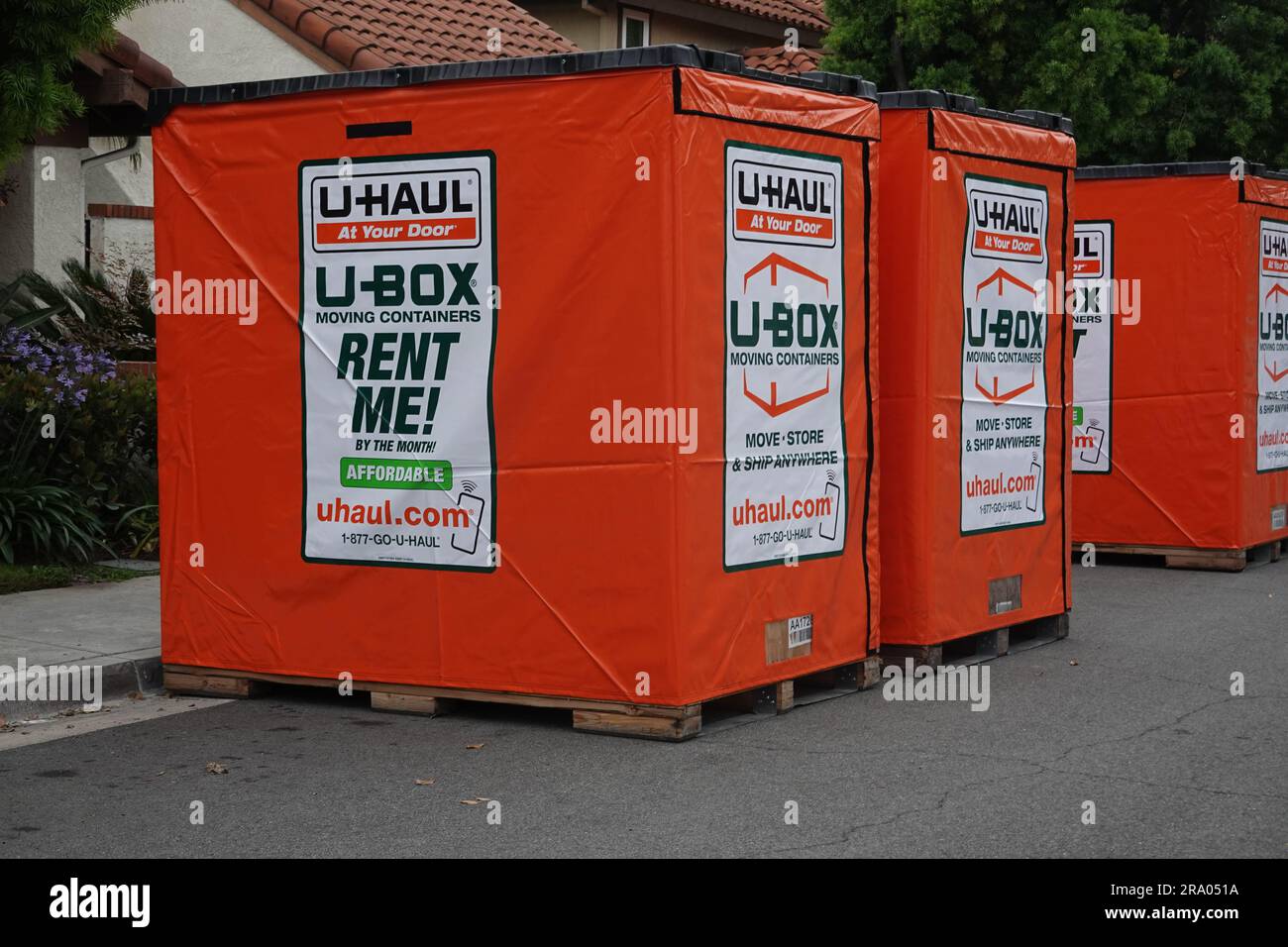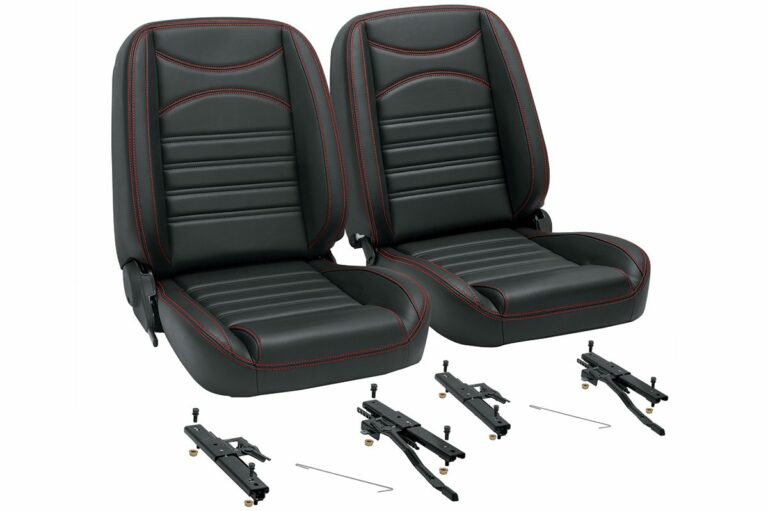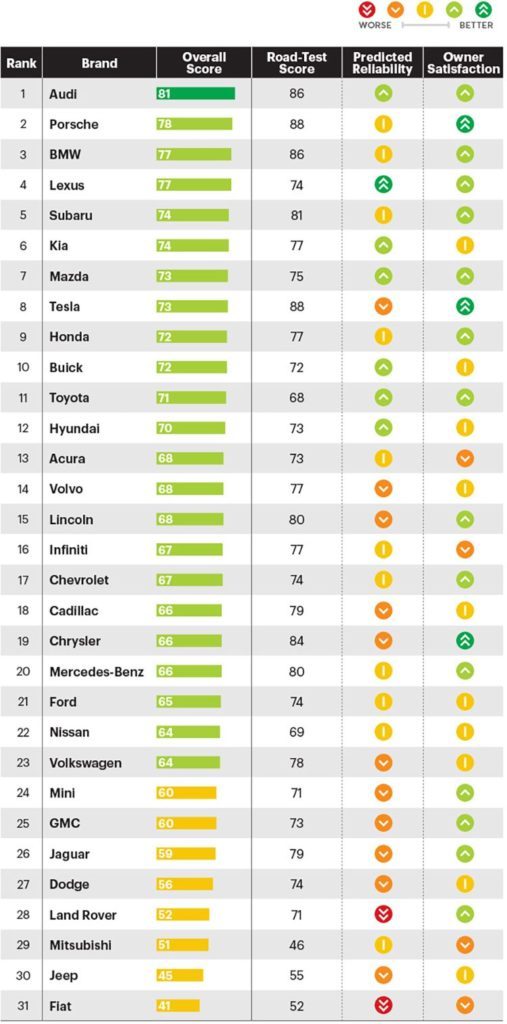Uhaul Calculate My Move Cost: Your Comprehensive Guide to Budgeting Your Next Relocation
Uhaul Calculate My Move Cost: Your Comprehensive Guide to Budgeting Your Next Relocation cars.truckstrend.com
Moving can be one of life’s most exciting, yet simultaneously daunting, endeavors. Amidst the packing, purging, and planning, one question looms large for many: "How much will this actually cost?" This is where U-Haul’s intuitive "Calculate My Move Cost" system becomes an indispensable tool. Far more than just a simple price quote, it’s a comprehensive planning resource designed to give you a clear financial picture of your upcoming relocation, helping you budget effectively and avoid unwelcome surprises.
Understanding "Uhaul Calculate My Move Cost" means grasping the various components that contribute to your final moving bill. From the size of the truck you need to the distance you’re traveling, and from optional insurance to essential moving supplies, U-Haul’s platform integrates these factors to provide a personalized estimate. For millions of DIY movers each year, this calculation is the first crucial step in transforming a chaotic thought into a well-organized and financially manageable reality.
Uhaul Calculate My Move Cost: Your Comprehensive Guide to Budgeting Your Next Relocation
Understanding the Dynamics of U-Haul Cost Calculation
U-Haul’s pricing model is dynamic, meaning it fluctuates based on several key variables. To accurately calculate your move cost, the system takes into account a multitude of factors, ensuring the quote you receive is as precise as possible for your specific circumstances.
Key Factors Influencing Your U-Haul Move Cost:
- Distance and Duration:
- Local Moves: Typically priced with a low daily base rate (e.g., $19.95-$49.95) plus a per-mile charge (e.g., $0.89-$1.19 per mile). The total cost depends heavily on how many miles you drive.
- One-Way Moves: Priced as a flat rate that includes a set mileage allowance and a specific number of rental days. This rate is determined by the origin and destination, the size of the truck, and the current demand for that route. Exceeding the mileage allowance or rental days will incur additional charges.
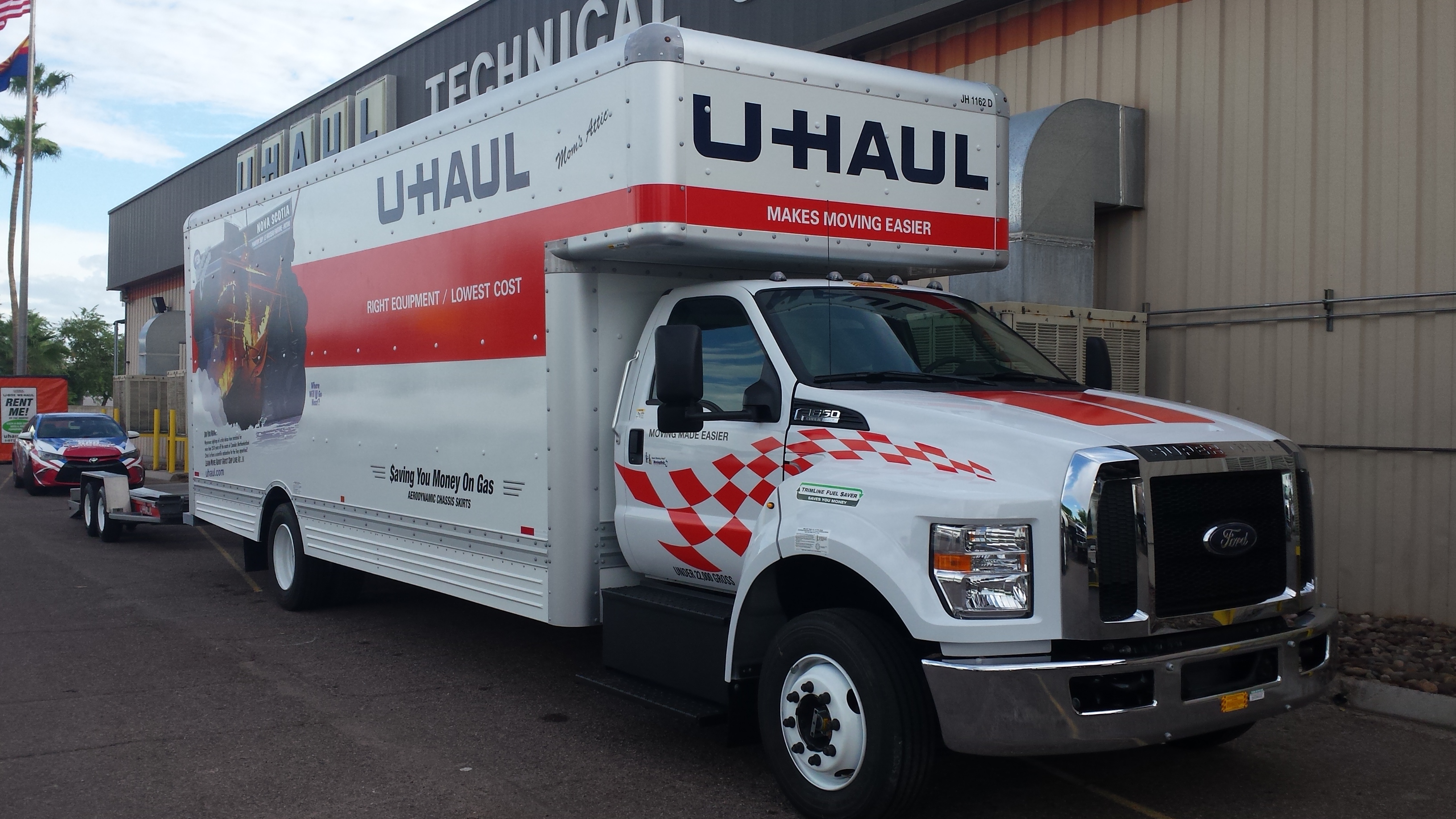
- Truck Size and Equipment: U-Haul offers a range of truck sizes, from 10-foot cargo vans ideal for studio apartments to 26-foot trucks designed for 4+ bedroom homes. Larger trucks generally have higher base rates. Similarly, adding towing equipment (car haulers, tow dollies) or trailers will increase the cost.
- Pickup and Drop-off Locations: The specific cities or even neighborhoods can influence pricing due to varying local demand, operating costs, and availability. One-way moves are particularly sensitive to supply-demand imbalances between locations.
- Time of Year and Demand: Moving during peak seasons (summer, end of the month) or on weekends will almost always result in higher prices due to increased demand. Booking well in advance for these periods can sometimes mitigate costs, but flexibility with your moving date is often the best way to find a better deal.
- Optional Add-ons and Services:
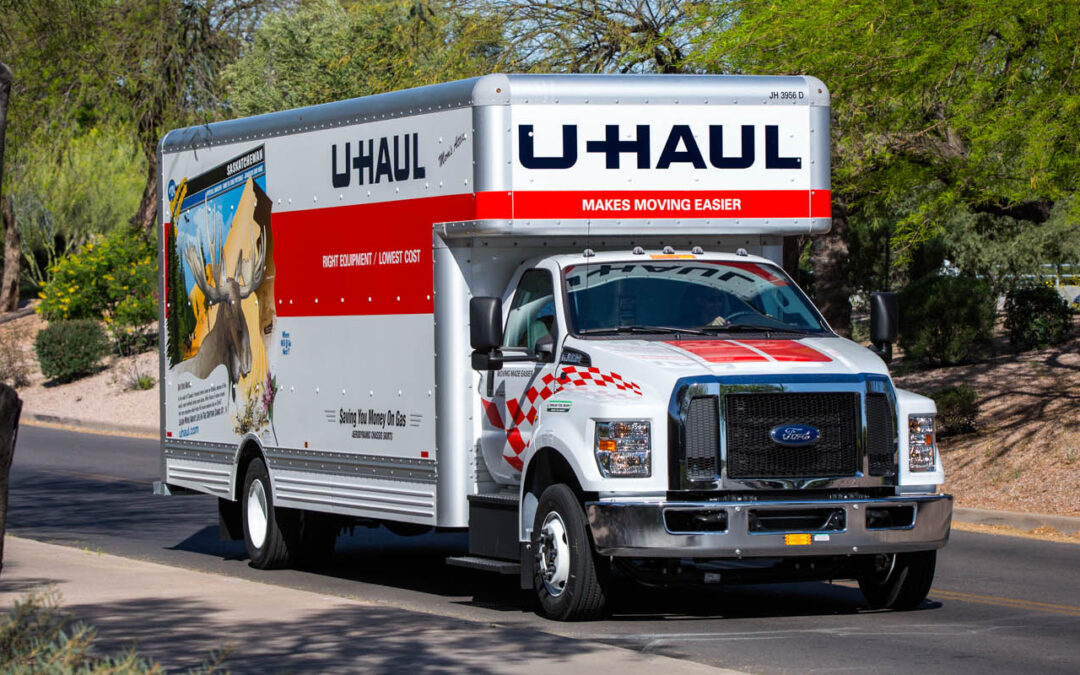
- Insurance: U-Haul offers various protection plans like Safemove, Safemove Plus, and Safetrip, which cover damage to the truck, your belongings, or provide medical coverage. These plans are optional but highly recommended.
- Moving Supplies: Boxes, tape, packing paper, furniture pads, and dollies are essential but add to the total cost. U-Haul allows you to add these to your reservation.
- Labor Services: Through their "Moving Help" marketplace, you can hire local movers to assist with loading and unloading, which is an additional, separate cost.
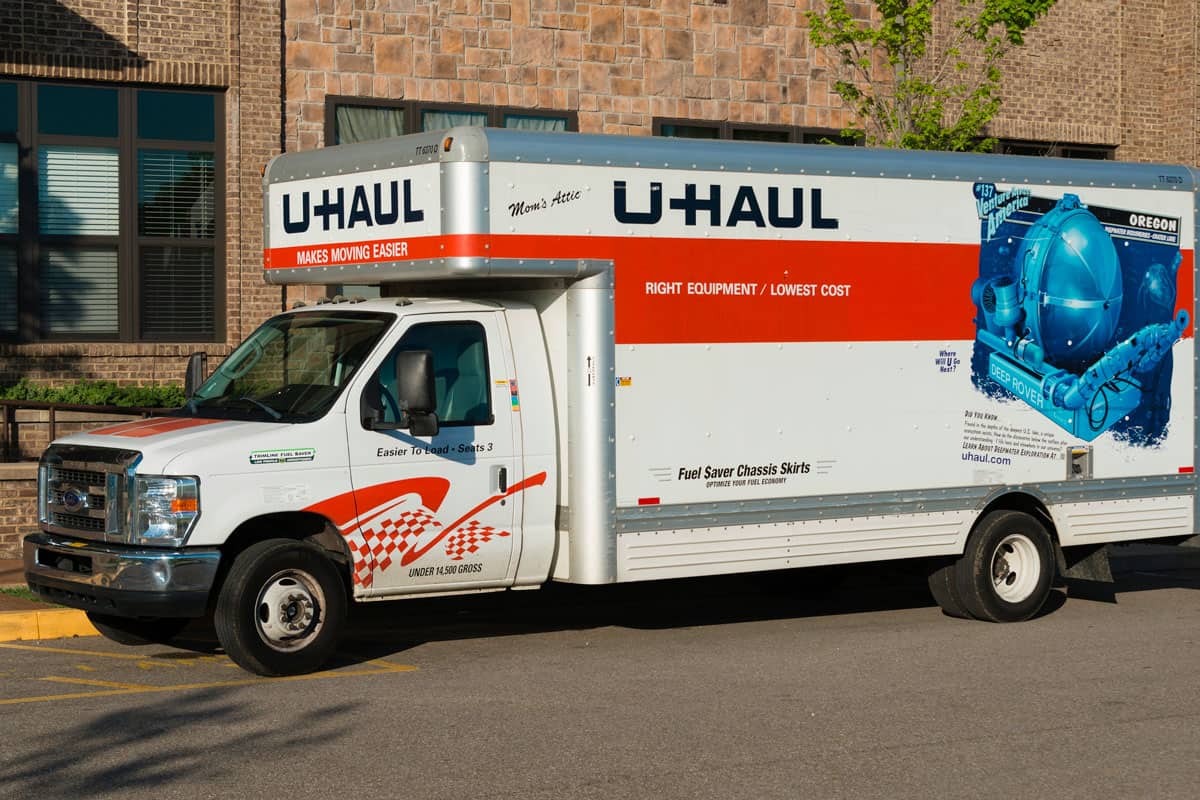
The Benefits of Utilizing U-Haul’s Online Calculator
The "Uhaul Calculate My Move Cost" tool isn’t just a gimmick; it’s a powerful planning asset that offers several tangible benefits for anyone embarking on a DIY move.
- Financial Transparency and Predictability: The most significant advantage is gaining a clear understanding of your potential expenses upfront. This allows you to set a realistic budget and avoid the stress of hidden fees or unexpected costs on moving day.
- Informed Decision-Making: By seeing the cost variations between different truck sizes, rental durations, or optional add-ons, you can make informed choices that align with both your moving needs and your budget. For instance, you might realize a slightly larger truck could save you a second trip (and thus, mileage costs).
- Budgeting and Financial Planning: Knowing your estimated U-Haul cost is a critical component of your overall moving budget. It helps you allocate funds for other expenses like utilities, deposits, travel, and food during the move.
- Convenience and Accessibility: The online calculator is available 24/7 from anywhere with an internet connection. You can get quotes, compare options, and make reservations at your leisure, without needing to call or visit a physical location.
- Access to Full Inventory and Services: The calculator doesn’t just show truck prices; it allows you to explore and add various moving supplies, protection plans, and even labor services, providing a holistic view of everything U-Haul offers to facilitate your move.
A Step-by-Step Guide: How to Calculate Your U-Haul Move Cost
Using U-Haul’s online calculator is straightforward. Follow these steps to get your personalized moving estimate:
- Visit the U-Haul Website: Navigate to uhaul.com. Look for prominent buttons or links like "Truck & Trailer Rental" or "Get a Quote."
- Enter Your Pickup and Drop-off Locations:
- For one-way moves, you’ll enter distinct origin and destination cities/states.
- For local moves, you’ll typically enter the same city for both, and then select the specific U-Haul location for pickup and drop-off.
- Select Your Moving Dates: Choose your desired pickup date and the expected return date. Remember that flexibility with dates can sometimes impact pricing, especially for one-way rentals.
- Indicate Your Needs:
- Truck Rental: This is the primary option. The system will then ask about your moving size (e.g., "1-bedroom apt," "3-4 bedroom home") to recommend an appropriate truck size. You can then manually select a specific truck size (10ft, 15ft, 20ft, 26ft).
- Trailer Rental: If you need a cargo, utility, or car trailer, select this option.
- Storage: If you require storage, you can get a quote for U-Box containers or self-storage units.
- Review Available Options and Pricing: The system will display the base cost for the truck/trailer, along with any included mileage (for one-way) or the per-mile charge (for local). It will also show available add-ons.
- Add Optional Equipment and Protection:
- Protection Plans: Select a Safemove or Safemove Plus plan if you want coverage.
- Moving Equipment: Add dollies (utility, appliance), furniture pads, or specific packing kits.
- Towing Equipment: If you need to tow your car, select a tow dolly or auto transport.
- Review Your Summary and Confirm: Before finalizing, the system will provide a detailed breakdown of all selected items and their associated costs. This is your chance to review everything, make adjustments, and get a clear picture of your estimated total.
Remember: The initial quote is an estimate. Your final cost may vary based on actual mileage driven, fuel consumed, and any changes made to your reservation.
Beyond the Rental: Essential Considerations for Your Total Move Budget
While the U-Haul calculator provides a solid estimate for the rental itself, a truly comprehensive moving budget needs to account for several other critical expenses that are often overlooked.
- Fuel Costs: This is perhaps the largest variable cost not included in your initial U-Haul rental quote. U-Haul trucks require gasoline, and their fuel efficiency varies by size (e.g., 10-foot trucks might get 10-12 MPG, while 26-foot trucks might get 6-10 MPG). For long-distance moves, fuel can easily add hundreds of dollars to your total.
- Actionable Insight: Estimate your total mileage and multiply by an average fuel price and your chosen truck’s estimated MPG to get a rough fuel budget.
- Insurance Options (Protection Plans): While optional, U-Haul’s protection plans are highly recommended.
- Safemove: Covers accidental damage to the rental equipment and damage to your cargo.
- Safemove Plus: Adds medical and life coverage, along with supplemental liability insurance.
- Safetrip: For local moves, covers damage to the truck and offers roadside assistance.
- Actionable Insight: Check your personal auto or homeowner’s insurance policy to see if they offer any coverage for rental trucks or your belongings during a move. Often, they do not, making U-Haul’s plans a wise investment.
- Moving Supplies: The cost of boxes, packing tape, bubble wrap, furniture pads, mattress bags, and markers can quickly add up. U-Haul sells a full range of these, and adding them to your reservation can be convenient.
- Actionable Insight: Look for free boxes from local grocery stores, liquor stores, or online community groups. Reuse old newspapers or towels for padding.
- Loading and Unloading Help: If you’re not planning to do all the heavy lifting yourself, U-Haul’s Moving Help® service allows you to hire local, independent labor. This is a separate cost, paid directly to the movers, but can be crucial for efficiency and preventing injuries.
- Actionable Insight: Get quotes from several Moving Help providers through U-Haul’s platform and read reviews to ensure you’re getting reliable assistance.
- Taxes and Fees: Always factor in local sales tax, environmental fees, and any other surcharges that might apply to your rental. These are typically added at checkout.
- Unexpected Costs: Flat tires, unforeseen delays requiring extra rental days, or minor accidents can all add to your budget.
- Actionable Insight: Build a small contingency fund (5-10% of your estimated total) into your moving budget for unexpected expenses.
Tips for Optimizing Your U-Haul Move Cost
Saving money on your U-Haul rental is possible with a bit of strategic planning.
- Book in Advance: Especially for one-way moves or during peak season, booking several weeks or even months ahead can secure better rates and ensure truck availability.
- Be Flexible with Dates: If possible, choose mid-week or off-season (fall/winter) moving dates. Avoiding the first and last days of the month, as well as weekends, can lead to significant savings.
- Right-Size Your Truck: Don’t overpay for space you don’t need, but also don’t get a truck that’s too small and requires multiple trips (increasing mileage and time). U-Haul’s room-by-room estimator can help you choose.
- Pack Efficiently: Maximize the space in your truck by packing snugly and systematically. This can help you fit everything into a smaller truck or reduce the need for a second trip.
- Consider "In-Town" vs. "One-Way": For shorter distances (e.g., under 100 miles), sometimes an "in-town" rental (base rate + mileage) can be cheaper than a one-way rate, even if you have to return the truck to the original location. Calculate both options if applicable.
- Return on Time (or Early): Avoid late fees by returning your truck on or before the agreed-upon time. If you finish early, returning it can sometimes even lead to a partial refund for unused days on one-way rentals.
- Fuel Up Before Returning: U-Haul trucks must be returned with the same amount of fuel they had at pickup. Filling up yourself at a gas station is almost always cheaper than letting U-Haul charge you for refueling.
- Check for Discounts: U-Haul occasionally offers discounts for military personnel, students, or through promotions. Always check their website or inquire directly.
U-Haul Estimated Price Table for Common Scenarios
Please Note: These are estimated ranges and U-Haul prices are highly dynamic, varying significantly based on location, demand, time of year, and specific availability. Always use the U-Haul "Calculate My Move Cost" tool on their official website for the most accurate and up-to-date quote.
| Truck Size | Local Move (Base Rate + Per Mile) | One-Way Move (Approx. Fixed Rate – 500 Miles) | One-Way Move (Approx. Fixed Rate – 1500 Miles) | Daily Insurance (Safemove/Safemove Plus) | Estimated Fuel Economy (MPG) |
|---|---|---|---|---|---|
| Cargo Van (8 ft) | $19.95 – $29.95 + $0.89 – $1.19/mile | N/A (Primarily local) | N/A (Primarily local) | $10 – $25 | 15-18 |
| 10 ft Truck | $19.95 – $29.95 + $0.89 – $1.19/mile | $250 – $550+ | $500 – $900+ | $15 – $30 | 10-12 |
| 15 ft Truck | $29.95 – $39.95 + $0.89 – $1.19/mile | $350 – $700+ | $650 – $1100+ | $20 – $40 | 8-10 |
| 20 ft Truck | $39.95 – $49.95 + $0.89 – $1.19/mile | $450 – $850+ | $800 – $1300+ | $25 – $50 | 6-10 |
| 26 ft Truck | $39.95 – $49.95 + $0.89 – $1.19/mile | $550 – $1000+ | $950 – $1500+ | $30 – $60 | 6-8 |
| Car Tow Dolly | $35 – $50 (Daily Local) | $70 – $150 (One-Way Add-on) | $100 – $250 (One-Way Add-on) | N/A (Covered by truck ins.) | N/A (Affects truck MPG) |
| Auto Transport | $45 – $60 (Daily Local) | $90 – $200 (One-Way Add-on) | $150 – $350 (One-Way Add-on) | N/A (Covered by truck ins.) | N/A (Affects truck MPG) |
Additional Estimated Costs (Per Day/Item):
- Appliance Dolly: $7 – $10
- Utility Dolly: $7 – $10
- Furniture Pads: $5 – $10 per dozen
- Moving Boxes: $1 – $5 per box (depending on size)
- Moving Help Labor: Varies widely by location and hours, often $100 – $300+ for 2 hours of 2 movers.
Frequently Asked Questions (FAQ) About U-Haul Move Costs
Q: Is fuel included in the U-Haul rental price?
A: No, fuel is not included. You are responsible for refueling the truck to the level it was at pickup. If you return it with less fuel, U-Haul will charge you for the difference at a premium rate.
Q: Do I need to purchase U-Haul’s insurance (Safemove/Safemove Plus)?
A: No, it is optional. However, it is highly recommended as most personal auto insurance policies do not cover rental trucks, especially those used for moving. Review your existing policies before declining.
Q: Can I pick up the truck in one city and drop it off in another?
A: Yes, this is called a "one-way" rental. U-Haul specializes in one-way moves and the cost is typically a flat rate that includes a set mileage allowance and number of days.
Q: What happens if I go over the mileage allowance on a one-way move?
A: You will be charged an additional fee per mile for every mile exceeding your allowance. This rate is usually displayed on your rental agreement.
Q: What if I need the truck longer than my initial rental period?
A: For local moves, you’ll generally be charged the daily rate for each additional day. For one-way moves, there’s usually a daily rate applied for each day past your agreed-upon return date. It’s best to call U-Haul as soon as you know you’ll need more time.
Q: How do I know what size U-Haul truck I need?
A: U-Haul’s website has a "Truck Size Calculator" where you input the number of rooms in your home or specific items, and it recommends an appropriate truck size. It’s often better to slightly overestimate than underestimate to avoid multiple trips.
Q: Can I cancel my U-Haul reservation without a penalty?
A: U-Haul generally offers free cancellation up to the day of pickup. However, always check the specific terms and conditions of your reservation for any potential fees.
Conclusion
The "Uhaul Calculate My Move Cost" system is an invaluable asset for anyone planning a self-move. By offering transparent, detailed estimates based on a variety of factors, it empowers movers to budget accurately, make informed decisions, and approach their relocation with confidence. While the initial rental fee is a significant part of the equation, remember to account for fuel, insurance, supplies, and potential labor to gain a truly comprehensive financial picture. By leveraging U-Haul’s tools and following the practical advice outlined above, you can transform the daunting task of moving into a well-managed, cost-effective, and ultimately, successful transition to your new home.
